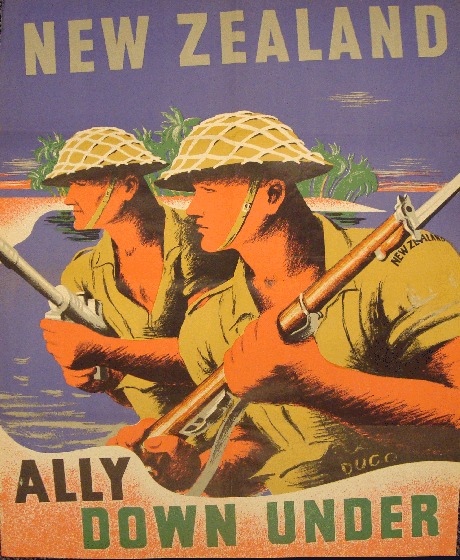Enjoying breakfast at Arthur's in upper Cuba St, Wellington. Photo: Phil Reid.
On Friday we were contacted by Elle, a reporter for the Capital Day page in the Dominion Post newspaper.
She had come across our blog and thought it would be interesting to do a story about us and our wartime rationing.
We did an interview over the phone and then met up with the photographer, Phil Reid, on Saturday morning at Arthur's Cafe. We were having brunch after Salem had a ballet master class with the Royal New Zealand Ballet.
So the story came out in this mornings paper and boy, what a day we have had.
We have had a lot of good feed back and thank you to everyone who has checked out our blog.
We also had someone from Radio New Zealand email us to do an interview with Jim Mora today.
So I did the interview over the telephone early this afternoon.
My phone kept having problems, it was like I had an old fashioned party line.
Below is a link to listen to the radio show, please excuse me as I kept saying "um" all the time, something I really hate. I think it was the shock of having to speak on the radio and everything happening so fast.
So a big sorry for that. I really hate listening to recordings myself as I don't sound like I usually do. Salem even said that it doesn't sound like me.
Wartime austerity has become a 21st century reality for one Wellington family this year. At the end of last year, Michelle Foxx and her two sons set themselves the challenge of making all their meals according to rationing guidelines from World War II. (10′32″)
Family favours wartime rations
Paraparaumu family lives on WWII rations
BY ELLE HUNT
What began as a school project has become living history for one Paraparaumu family.
Michelle Foxx and her sons, Salem, 12, and Daemon, 15, have been following World War II food rationing guidelines for almost a year.
Ms Foxx was inspired by an episode of British television series The Supersizers that explored what people ate during wartime.
Because she homeschools Salem, she thought it would bring his study of wartime Britain to life.
"We'd been studying that time period - what music people listened to, what people did for occupations - and I thought it would be quite a cool learning experience," she says.
"My grandparents lived through that era, and a lot of the meals I'm making now, I actually ate with them."
The diet worked so well for them that they kept it up.
"You save money, and it's a lot healthier. There's tonnes of variety. Salem doesn't want to stop, and my oldest son's quite happy with it, so we'll keep going."
A typical day begins with a few slices of a loaf made according to wartime recipes, or Weet-Bix.
The so-called "Oslo meal" - bread, cheese and salad - is a popular choice for lunch, as it was for schoolchildren in the 1940s.
 |
| A selection of World War II food ration books. |
Dinner can be soup and dumplings, baked potatoes, roasted vegetables and Yorkshire pudding, fish chowder, or Ms Foxx's special "mince".
"It looks like mince, and the texture is pretty similar, but it's actually made from oats. My oldest - meat-eating - son absolutely adores it."
She documents her experiences on her blog Nellie B's Wartime Rationing, where Salem shares a "WWII Aircraft of the Day".
Salem loves the old-fashioned way of life, Ms Foxx says.
"He enjoys the music, he's read a lot of books. He's quite an old-fashioned boy."
Though food was first rationed because of shortages, Ms Foxx didn't feel like she was going without.
"I don't really miss anything. Back in that time, you still could get little treats every now and then. But if we do eat out, we eat things that are appropriate to the time."
Martha's Pantry and Arthur's in upper Cuba St are particular favourites.
But some parts of modern life she can not go without.
‘You've got to have the TV, and you can't really survive in this world without the internet.
"And also, they're great for researching wartime."



















No comments:
Post a Comment